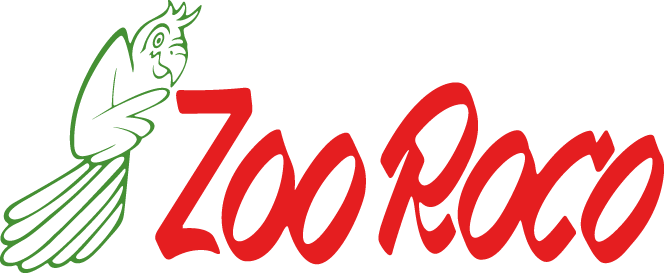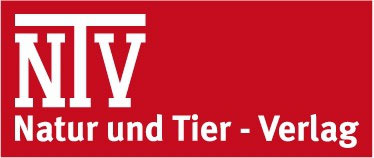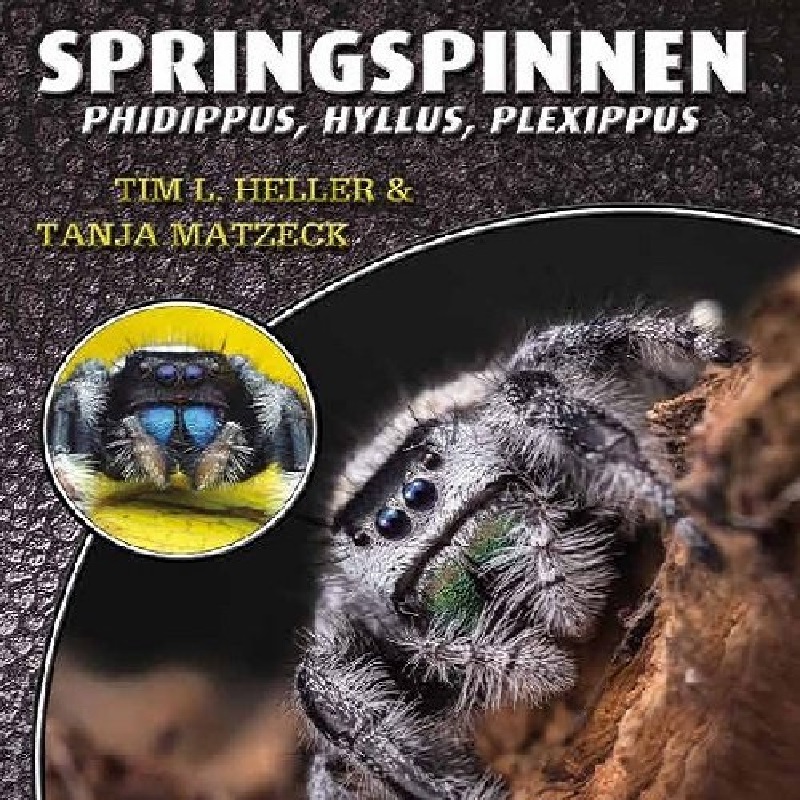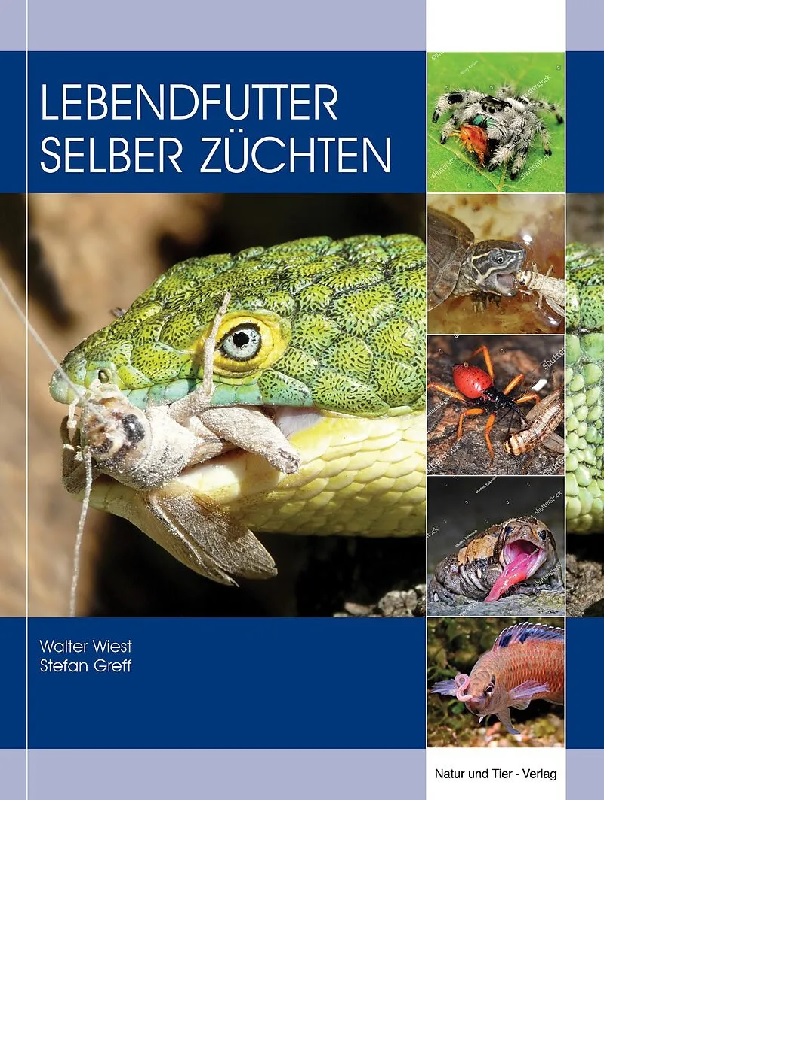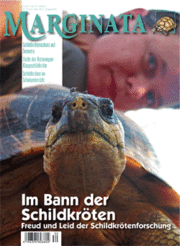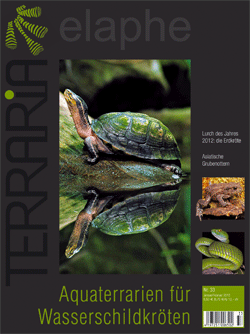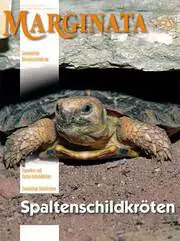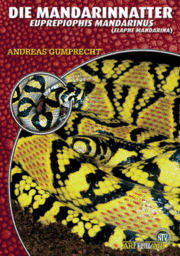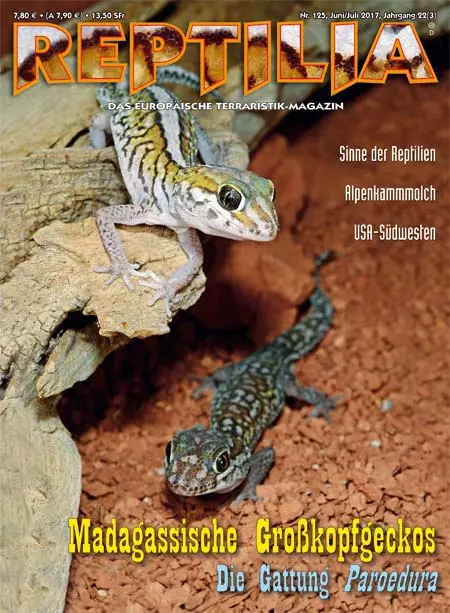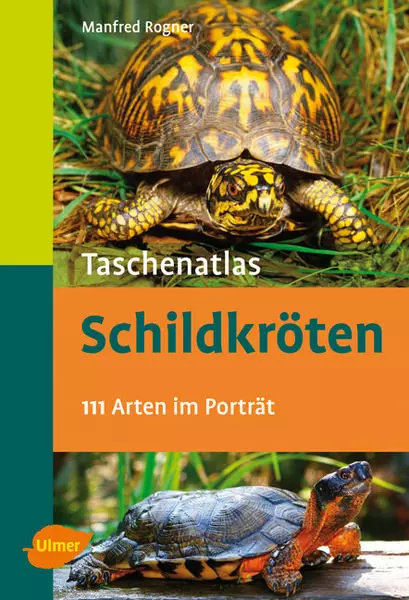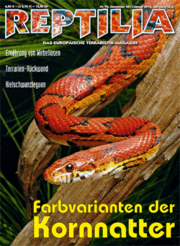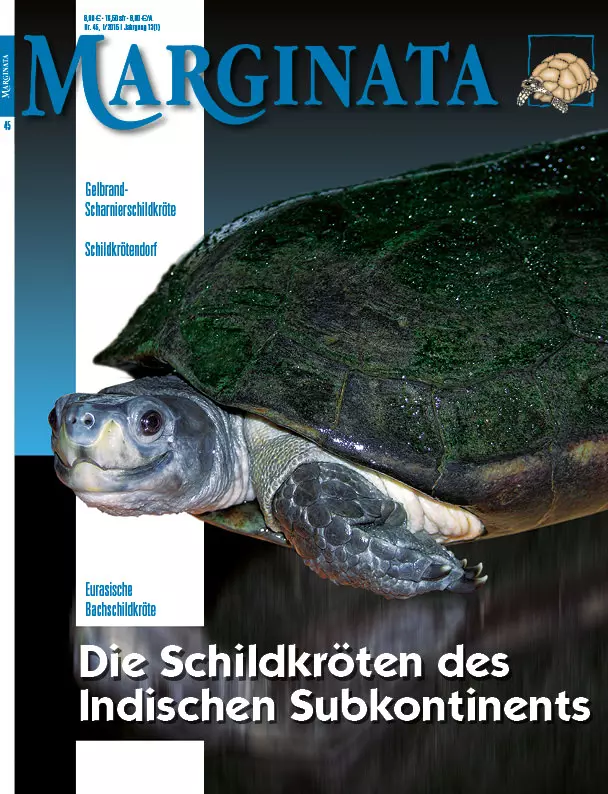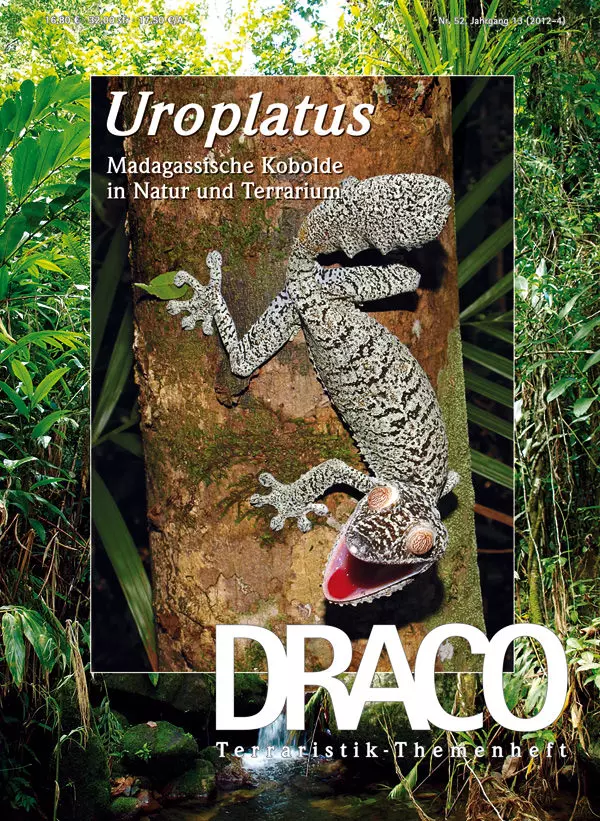















CHF 32.00
Stock: 0
Available in 1-3 days, acquisition time 7 days

Draco 52 Magazin
Uroplatus Madagassische Kobolde in Natur & Terrarium
Inhalt:
Editorial
Seelenräuber mit Haftlamellen – Madagassische Plattschwanzgeckos der Gattung Uroplatus
Philip-Sebastian Gehring
Auf der Suche nach Plattschwanzgeckos in Madagaskar
Philip-Sebastian Gehring & Patrick Schönecker
Biologie, Haltung und langjährige Nachzucht von Uroplatus guentheri Mocquard, 1980 bis zur vierten Filialgeneration
Patrick Schönecker
Ein Gespenst im Terrarium – die erfolgreiche Haltung und Zucht von Uroplatus phantasticus (Boulenger, 1888)
Kai-Uwe Volta & Philipp Höhne
Erfahrungen in der Haltung und Nachzucht des Flechtenplattschwanzgeckos (Uroplatus sikorae Boettger, 1913)
Philip-Sebastian Gehring
Naturschätze Madagaskars: Plattschwanzgeckos und ihr Schutz
Fanomezana Ratsoavina und Philip-Sebastian Gehring
Erfahrungen mit der Haltung von Plattschwanzgeckos (Uroplatus fimbriatus) im Masoala-Regenwald des Zoo Zürich, Schweiz
Samuel Furrer
0 of 0 reviews
Login
Similar products
